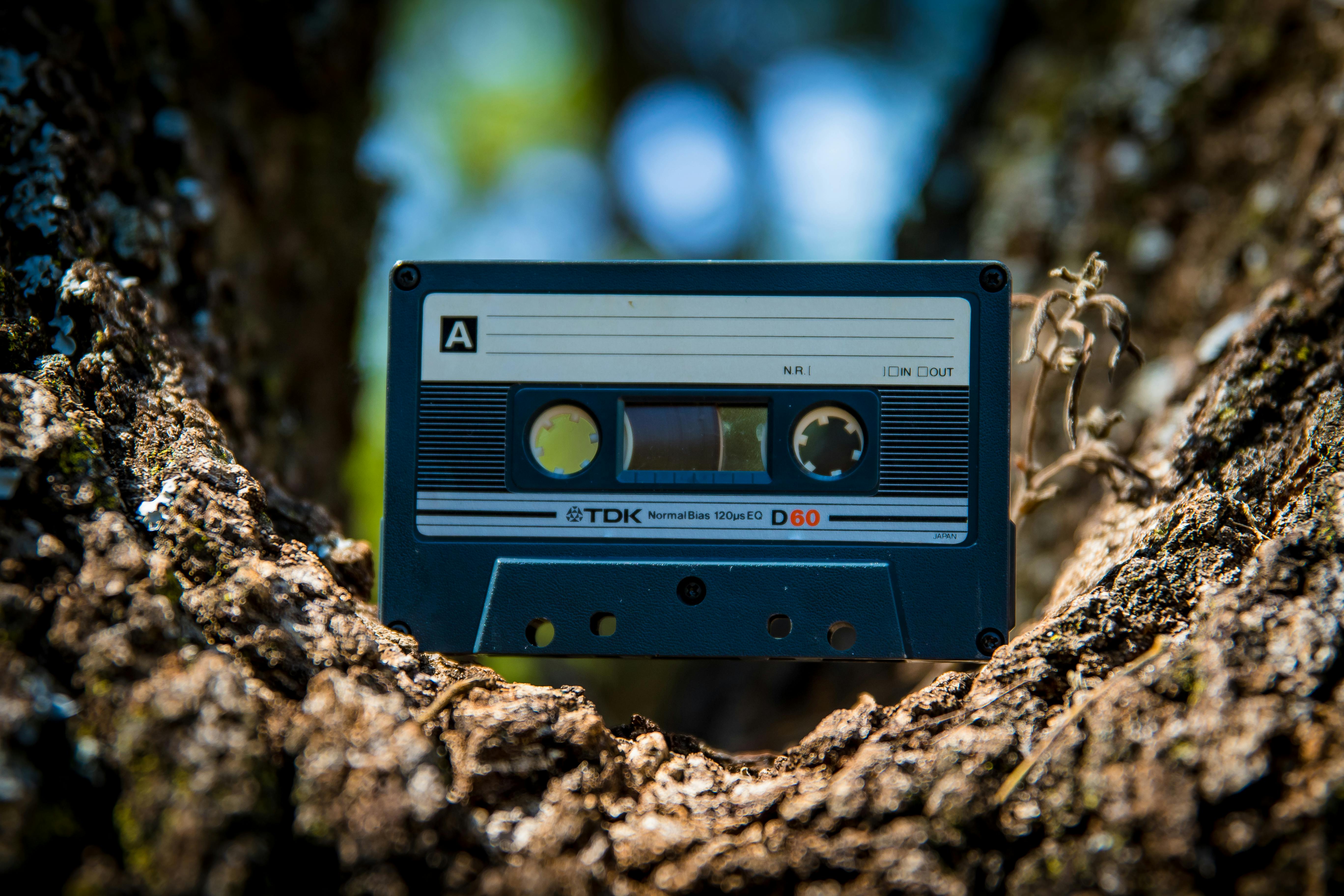The Goldilocks communication area
We all get too much. Too many emails. Too much junk mail. Too many texts. Too much spam on our favorite social networks. And too many ads everywhere. In fact, the noise is so loud that advertisements, marketing, and propaganda are often confused with the communication messages that we really want to hear, see, and read. So when we are on the other side, as those who send the message for our company, association or chamber, how do we get our communication through the glove of stacked lavishness to reach clients, members and, perhaps, even clients? potentials who really want to hear from us?
Too
The approach most used by uneducated and uniformed communicators is to send more. “Make sure it arrives” is his battle cry. You can almost imagine them donning their battle armor as they prepare to storm the castle that is your inner sanctuary of peace to force you to read their message. They would say that the science of the last hundred years has changed. No longer the case, they abruptly proclaim, that a recipient needs seven keys for marketing to have any real effect. It also does not claim that the messages from trusted, trustworthy and liked sources are even less than seven, they boast loudly. The noise factor, they boldly claim, has caused the keys to go up to 10, 14 or 22. You could rightly question their heresies, asking: Why not 100? Or 999?
“Too much,” as they quickly learn, and you intuitively know by considering their own patterns, turns to zero as they go from a trusted source and favorite organization to spam in the eye of the recipient. The result? Drop out. Block. Filter. Disconnect. Once that happens, the client not only does not receive the program for the day we were working, but they do not receive anything. We lose contact. We lose confidence. We lose them. Certainly, we can use technology to separate our communications into multiple lists; therefore, when they unsubscribe from one, they still receive another. Therefore, if they unsubscribe from the newsletter, they still receive the invoice. Or, when they cancel the magazine, they still get the ad for the show or product. Like gasoline, this is good for running an engine when used properly, but disastrous when thrown into a fire. Clearly, “too much” is a failure.
Too little
So the antithesis must be true, right? The ‘too small’ crowd shyly whispers: we will send you less. “Less is better,” they murmur among themselves. They modestly surmise that one, two, or even three touches (when they are least nervous about a particular message) over a period of several months is the perfect match. But, this approach swings the pendulum too far the other way, doesn’t it? The infrequency of communication is trapped in noise, buried under the traps of the day-to-day life of our recipient. It is not that the receiver does not want to listen to us or read us. They honestly don’t get it. Or they get it weeks or months later when they clean up their email box or junk pile. No, the timid and timid purveyors of the “too small” heresy are also wrong. The science of the keys still plays out here too. Therefore, ‘very little’ is also a failure.
The Goldilocks area
There is a Goldilocks communication zone. What is too much? Or very little? Is the promotion of an event or the announcement of a product as important as a due or sales invoice? A webinar? Which carries more weight: a new regional economic data report or the passing of an influential member? If we cannot rank the importance of communication, then all communication has the same weight: noise. Scrap. Unwanted mail. Therefore, as we analyze all communications that come from our organization, the first step in finding the Goldilocks Zone is to prioritize our messages. Some should clearly get more keys and others less; it’s that easy.
The following is the frequency. Once messages are prioritized, they are classified. Again, reviewing the organization’s communication plan comprehensively, we must determine the perfect number of communications per period per classification. Think of it this way, how many emails do you want to receive per period from your favorite organization? What if one of you like, you are a fan, but not a super fanboy or fangirl? How about one in which you have a passive interest? What’s the perfect number of emails that keep you interested without flooding you and causing you to unsubscribe? Five a day? Three a week? One a week? Research has shown that the answer is closer to one per week for passive interests and one per day for super fans. The problem is, what is your organization for each individual customer? That’s where science ends and art begins. You need to plan your work and then work your plan. Start smaller with less, then increase to more if the data takes you that way. Study your findings. Analyze your results. Apply your new theory, then test. However, do it very carefully and methodically. After all, these are your customers, the lifeblood of your business.
So the Goldilocks Communication Zone is science-based; but the fine science of communications is also an art. Assuming your message is clear, concise, and worthy of receipt … Assuming your product or service is of value … Assuming your organization is pure, ethical, and relevant … Then, zone in the Goldilocks Zone for your foundation it may be the single most important thing you can do for your organization today.
If you found this article interesting and useful, you may also appreciate the other three articles in this four-part series on communications: Break the noise with your communication, Anatomy of a communication message, Y Do it Your Way: Connecting with Customers and Members.
